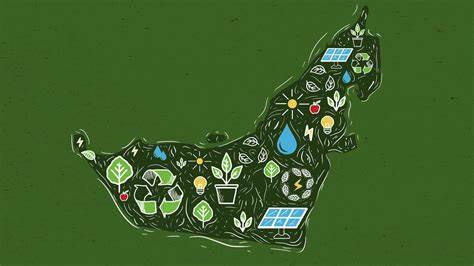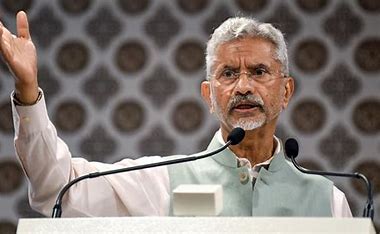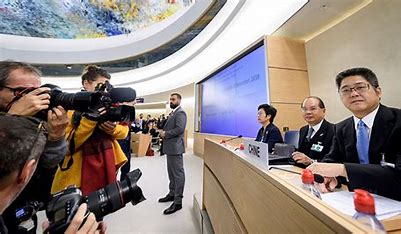
At the end of 2019, many people were considering the good fortune that the world had completed the first twenty years of the century without suffering a major catastrophe like World War I, which recast the 20th century as an era of unprecedented violence and conflict.
The Covid-19 pandemic changed that situation dramatically. Suddenly the world was pushed into an unprecedented medical crisis combined with a global recession/depression, that was unexpected, unforeseen and without adequate preparations to counter it. It arose from increasing human vulnerability made in part by global travel and commerce, not by an overt political, military or economic threat.
The pandemic and its repercussions dominated the entire year from March, with the disease continuing in different waves and getting worse, apart from early expectations it would be over by summer. While the pandemic did not have the same immediate danger or destruction as a war, it has had a comparable effect to erode peoples’ sense of confidence, wellbeing, and purpose, particularly for the youth whose future has been undermined. Yet the pandemic was only hastening changes already beginning with the loss of jobs in the new high-tech society, with a future moving towards robots, artificial intelligence and virtual reality, such as has only occurred in science fiction books to date.
The pandemic gave more power to governments at local or national levels. Government officials could now decree lockdowns, reducing or closing what were previously safe and profitable businesses. Governments could also provide financial or health benefits to help cover the problems involved in the pandemic, extending social welfare to those who would otherwise not need it. The disease could shut down life as we know it with costs to our personal and social wellbeing and communication.
We suddenly found ourselves sequestered in homes or apartments, able to procure the necessities of life, but other personal activities and contacts restricted. The expansive travel lifestyle of the early 21st century came to a screeching halt. Children could not go to school, confined to their rooms and taught by computer screens as their prime education.
WHAT WILL 2021 BRING?
At the beginning of 2021 today, the main hope is for a vaccine to reduce the virus and restore the old equilibrium and sense of wellbeing. Certainly, flu vaccines in the past have reduced the number of cases and lowered symptoms. But not only uncertainty remains, but a critical issue of timing. How do you vaccinate the world population of seven billion people in a reasonable period of time?
Is Covid-19 a rare, once in a century event; or, does it show that humanity has a weakened immunity and vulnerability, or that we have bred new dangerous pathogens, as some have warned? Is Covid a short-term distortion or the new normal?
2021 is the year of transition to the new 21st century world order defined by the Covid-19 virus. While this current pandemic may be overcome this year, its results will colour the next decade or longer, our way of thinking, lifestyle and vision of the future. Current children are the new Covid generation, which will define their identity overall for years to come.
We are now living in a high-tech era of greater virtual connections but greatly reduced physical and personal contacts. We move in public defined by masks that hide our faces and we communicate relative to two dimensional screens. Our physical proximity has become a danger with virtual interactions, however devoid of a personal dimension, a necessity, even extending our range of communication to new areas. Our new heroes are not on the battlefield but in the emergency wards caring for those suffering from Covid-19.
High-tech products increasingly define what is desirable to have, cell phones, computers and media devices. The companies producing these are increasing their profits while other businesses are in decline. Shopping malls, movie theatres, concert halls, sports arenas, and religious gatherings are becoming limited. Human contact is becoming more of a danger than any cause for celebration.
This same high-tech era requires new views of humanity, new social rules and duties. There is a greater emphasis on ecology paired with sustainable technology, which is a necessity. There is also a view to define the human individual as a blank screen able to change identity or job as per desires or circumstances. Doubt as to what the human being is meant to be is increasing for good or ill.
INDIA AND ITS TRADITIONS
In this global crisis, India remains in a unique and possibly beneficial condition. In spite of dire predictions about the collapse of India’s healthcare and the economy owing to the pandemic, India has a per capita case tests and a fatality rate among the lowest in the world, only a fraction of what is occurring in the US or the UK.
Sometimes misleading statistics about India highlight that India has more cases than any other country except the US. The lack of mathematical skills is obvious. India represents 1/6 of the global population and 1.3 billion people, which must be figured into all objective calculations. Will India be the first country to achieve herd immunity and return to a pre-pandemic way of life? It may be the case.
In addition, what is the value of Indic and dharmic traditions for this new health crisis that affects both physical and psychological wellbeing? Yoga and Vedanta have always drawn us to the universal and a cosmic vision in consciousness, not simply in technology. This message has gone out worldwide since Swami Vivekananda in 1893. Yoga and Vedanta have no problems with technology as improving our outer lives but raises questions as to whether it can bring true happiness and a deeper awareness within us.
Meditation and transcendence, accepting the new technology outwardly, but a yogic spirituality inwardly are crucial, exploring our inner reality not just the outer world, must be given their place in society and education.
We need a higher consciousness defined at a universal level to handle the global challenges today. We must learn to direct our technological benefits outwardly with a new vision of the human being as one with the whole of life inwardly. This is not a matter of faith or belief but understanding our inner Self that is one with all, as the Upanishads taught in ancient times, yet resonates for eternity.
If we can develop such a higher awareness then we can overcome all difficulties of the current crisis and benefit from the new technology, discovering our highest human potential such as the ancient sages foresaw.
The writer is the director of the American Institute of Vedic Studies and the author of more than 30 books on yoga and Vedic traditions. The views expressed are personal.















